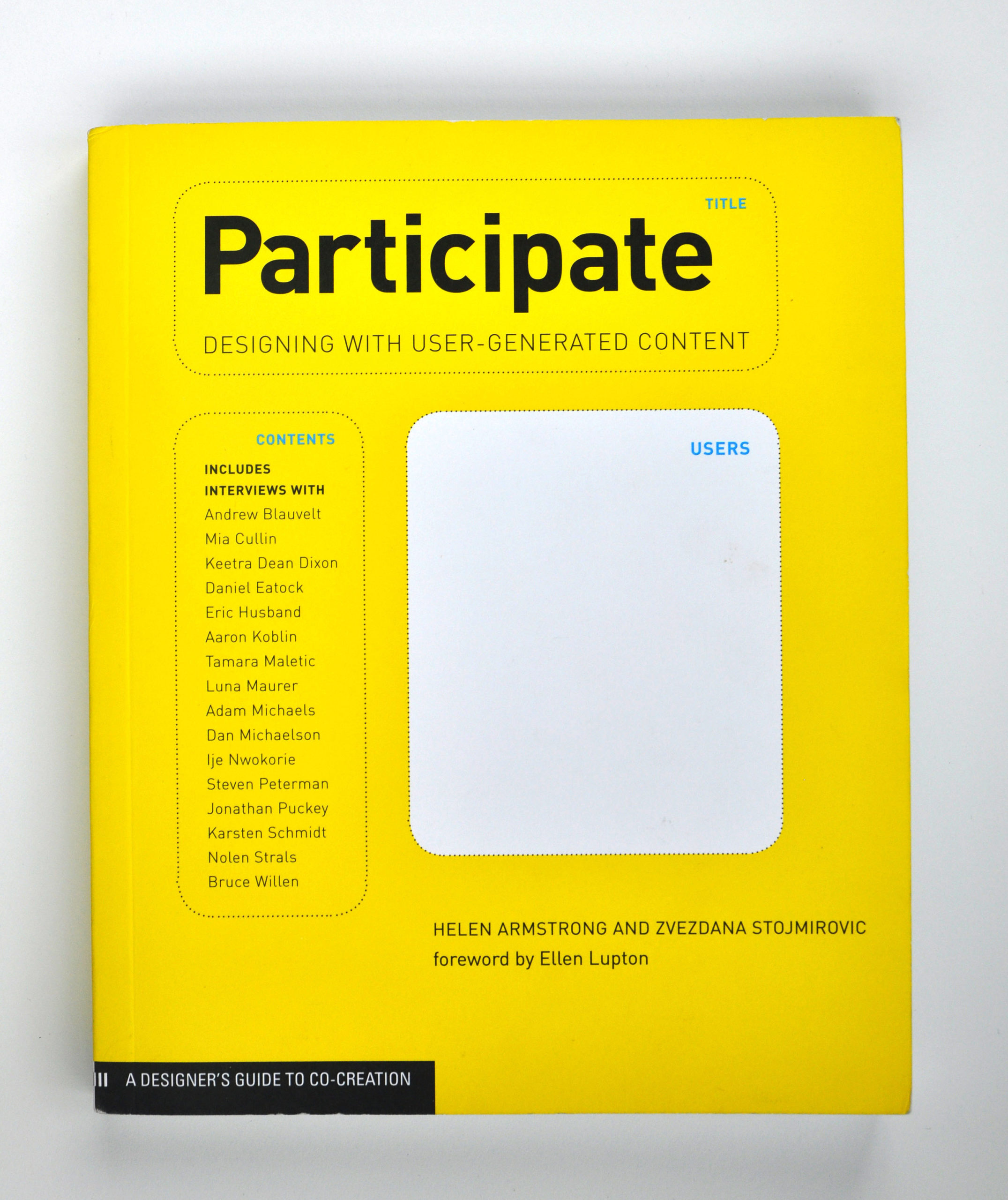Writer
Pick up my books to read more about my research.

Big Data. Big Design
My new book: Big Data. Big Design: Why Designers Should Care about A.I. is now available.
What does this topic have to do with you? Designers stand at the verge of a great professional opportunity: artificial intelligence. This technology enables computers to study the world and make predictions using unstructured data. We can speak to machines—and machines can speak back. We can gesture to devices, expressing emotion and intent, and machines can respond meaningfully. We can look to computers not just for interaction, but for companionship. How can designers adapt and thrive in this evolving terrain? How might we map out new brands, platforms and experiences between human and machine? What dangers must we address? What destructive ideologies must we reveal? What possibilities for a better future might we explore and prototype? Big Data. Big Design: Why Designers Should Care About A.I. takes on these questions.
Check out the book and contact me if you are interested in a machine learning workshop for your students.
Keetra Dean Dixon created the amazing illustrations for this book.
Digital Design Theory
Digital Design Theory: Readings from the Field, (Princeton Architectural Press 2016), bridges the gap between print design and interactive experience by examining the impact of computation upon the field of design. Keetra Dean Dixon has created a fantastic visual foreword for the piece. Digital Design Theory is a companion text to my earlier book, Graphic Design Theory.
As graphic design moves from the creation of closed, static objects to the development of open, interactive frameworks, designers seek to understand their own rapidly shifting profession. Digital Design Theory, a carefully curated introduction (1960-present), delves into ground-breaking primary texts that move the reader through this transformation, supplying the background necessary for an understanding of digital design vocabulary and thought. This collection begins in the 1960s, a period in which code began to pervade the design world. Essential works not only by designers, but also programmers, present the two threads of discourse ”design and computation” that have rapidly merged into the increasingly interactive field of contemporary graphic design. Companion website: https://www.digitaldesigntheory.com/


Graphic Design Theory
Graphic Design Theory: Readings from the Field is a carefully curated introduction (1900-present) to graphic design theory. Vital voices of design thinking inspire readers with topics ranging from futurism, constructivism, and the Bauhaus to the International Style, modernism, and postmodernism to legibility, social responsibility, and new media. This indispensable survey quickly reveals key evolving ideas in the industry, putting them into a rich historical, cultural context. It would serve as a great textbook for a graphic design history or theory class, but is also a useful guide for working designers. This book invites readers of all levels to plunge into the fascinating dialog of design thinking. (Princeton Architectural Press, 2009)
Participate
Participate: Designing with User-Generated Content, (Princeton Architectural Press, 2011) , co-authored by MICA professor Zvezdana Stojmirovic, looks at ways that designers are engaging users in the creation of their work. The book's companion website is participatorydesign.net
As non-designers busily create, designers too must get creative. Prime players in contemporary culture, designers understand that major paradigms of production and distribution are shifting. More and more they are asked to create tools, templates and resources for their clients and other users to implement. They need ideas for harnessing user-generated content while maintaining their own status as professional designers.
Participate considers historical and contemporary models of making that provide just such ideas. Of particular interest are designers who use systems thinking to establish carefully regulated structures through which other users might create. Part theoretical exploration and part how-to manual, Participate challenges designers to transform audiences into users and completed layouts into open-ended systems.

